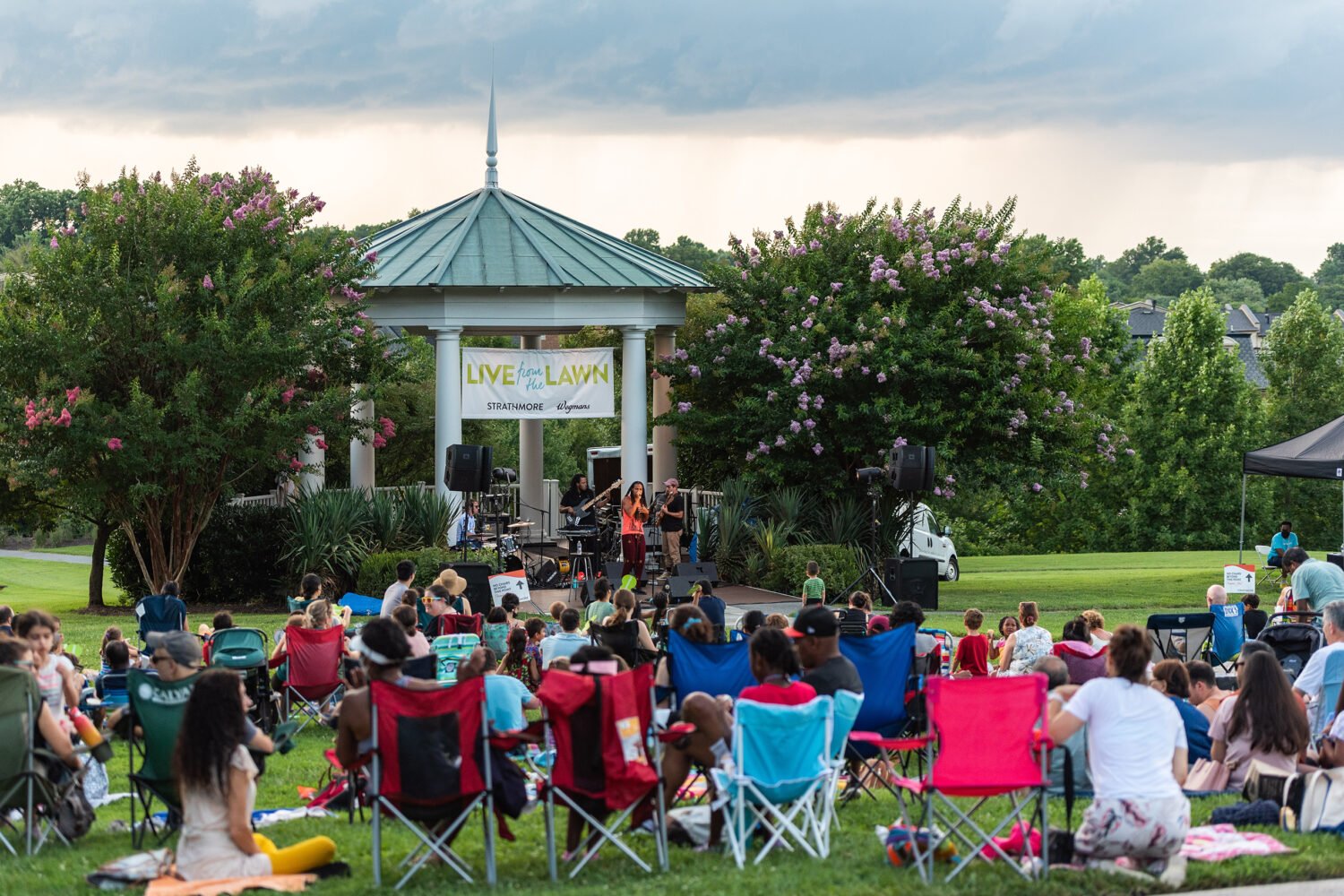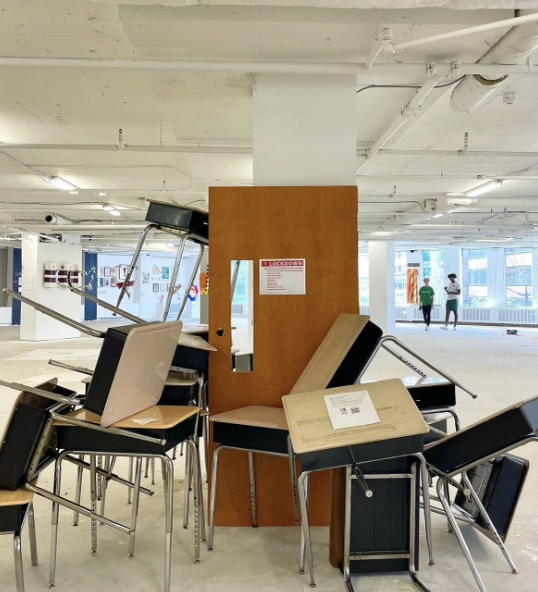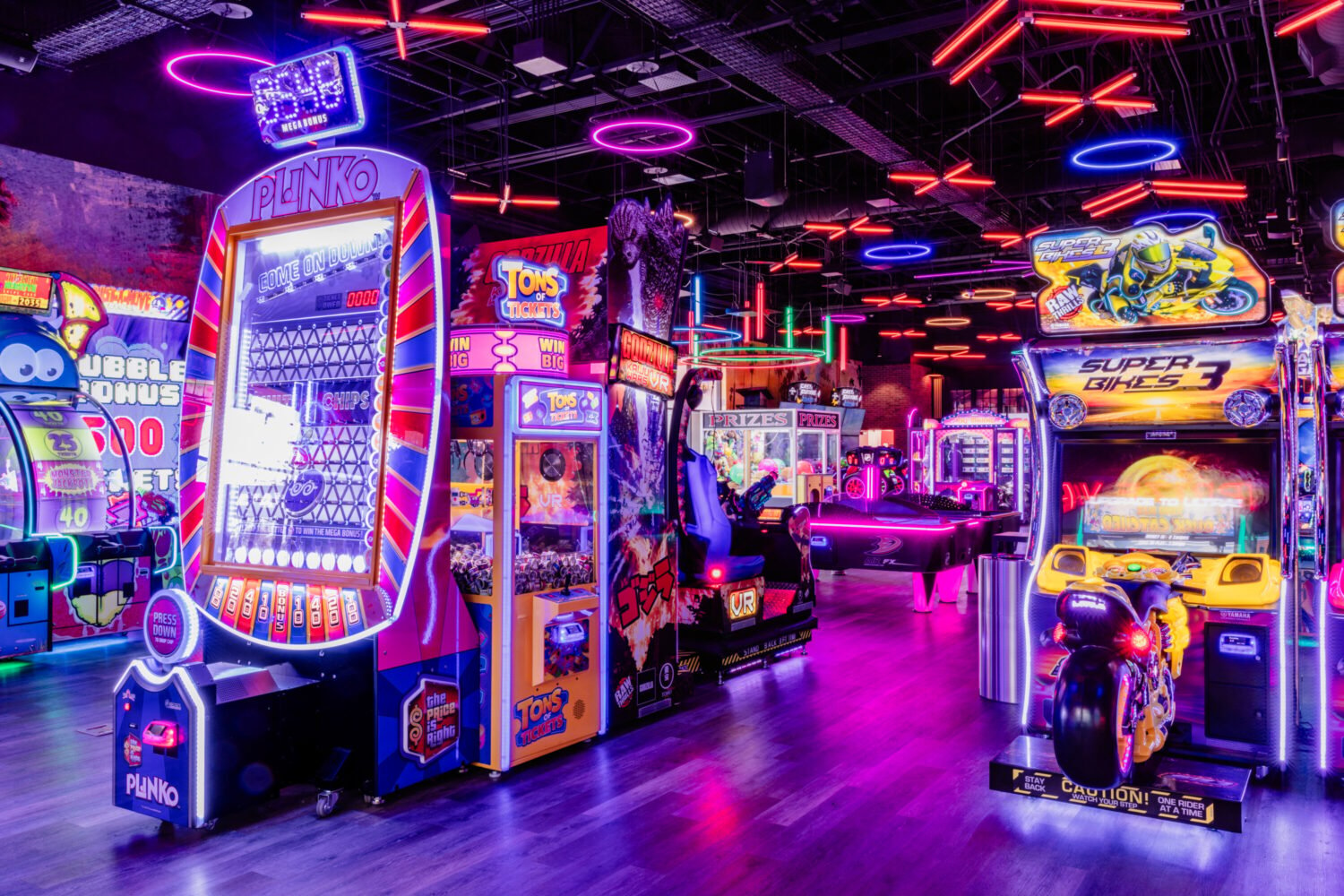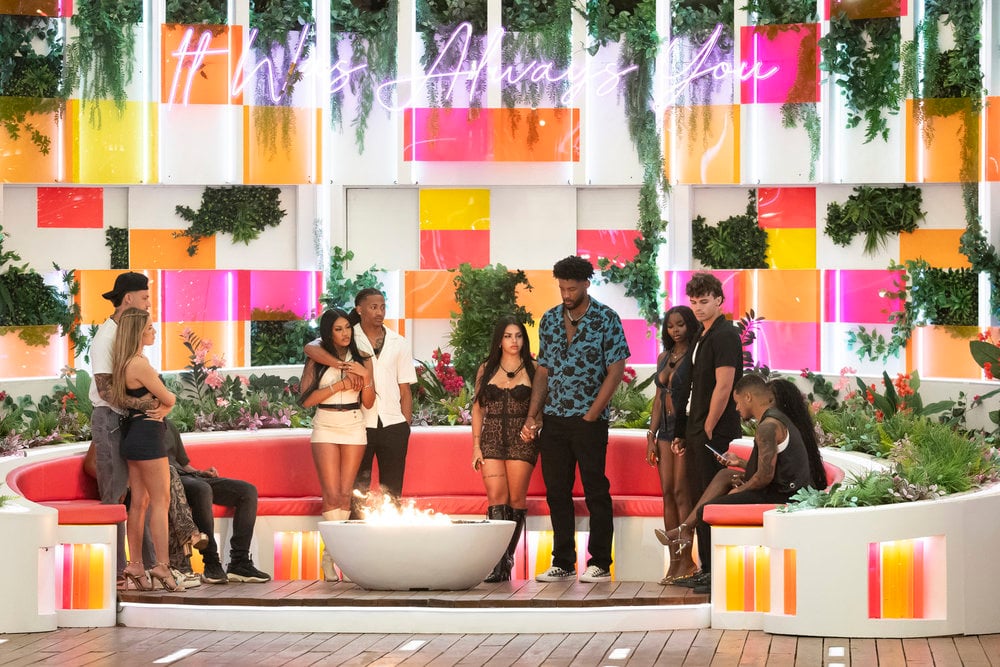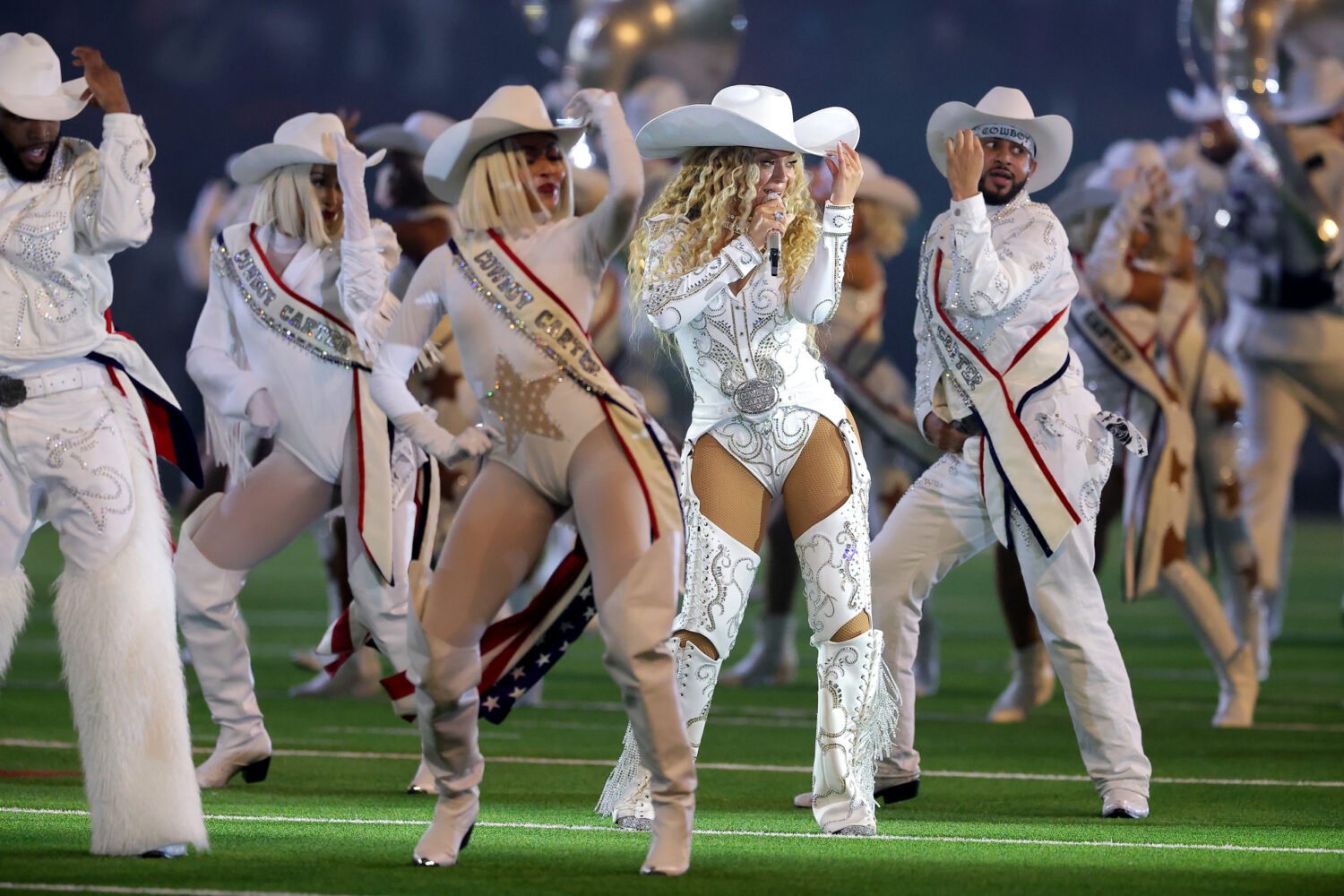Last week, old school hip-hop fans celebrated the opening of the Hip-Hop Museum, DC, a “pop-up experience” that has more than 500 pieces of autographed memorabilia and other items on display. The exhibit kicked off January 18 with an energetic launch party featuring live performances by the Sugarhill Gang, Melle Mel, Grandmaster Caz, and DC go-go legends Trouble Funk.
The museum—which will be open at Blind Whino (700 Delaware Ave., SW) until February 18—coincides with the 40th anniversary of the Sugarhill Gang’s “Rapper’s Delight,” the first hip-hop single to make the Billboard Top 40. DC’s Listen Vision Studios founder Jeremy Beaver curated the collection over the past two years, and Dave Mays, a graduate of DC’s Wilson high school and founder of rap magazine The Source, helped organize it as well. We chatted with Beaver to learn more about the museum.
How did you get all of these items?
Eighty percent of the collection was purchased, found, discovered, and curated by me; about 20 percent was donated pieces. Whether it was a Rap City jacket from (DC native and hip-hop radio personality) Joe Clair or a leather Brand Nubian jacket from Sadat X, many of the pieces were donated.
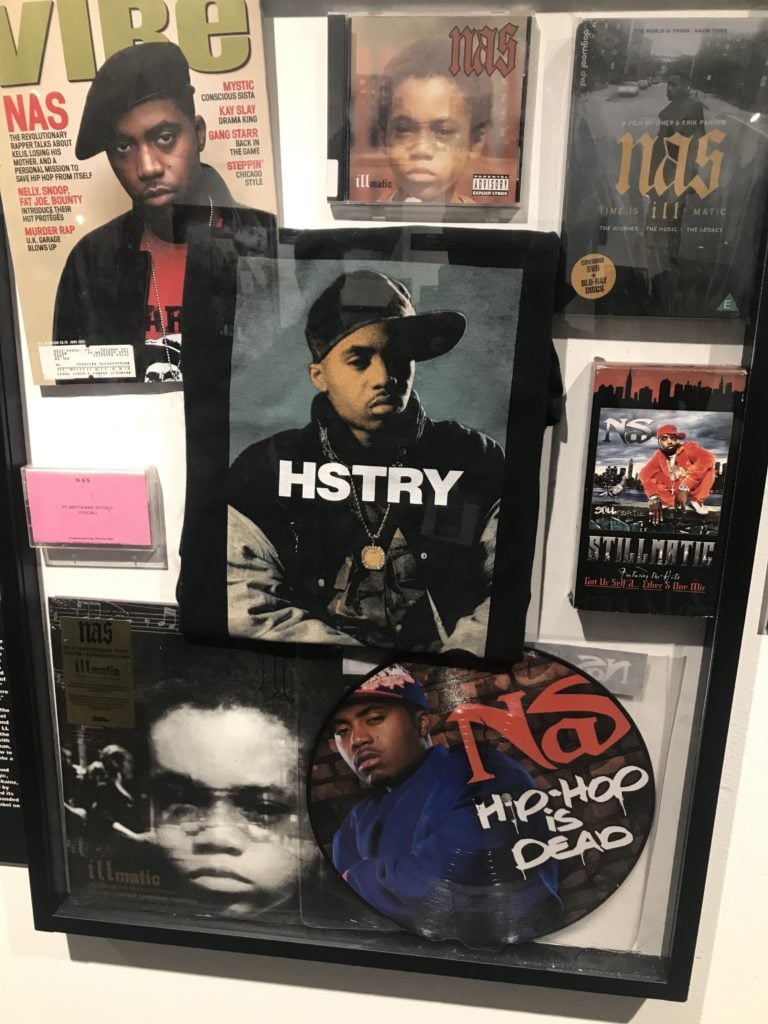
With hip-hop’s origins being in New York, why is the pop-up starting here in DC?
Well, the fact of the matter is, I’m from New York. And of course I expect that one day, there will be a proper museum in New York. But DC is a museum city. DC is the capital of America. And when we think of where we chose to commemorate Native Americans, they put the museum here in Washington, DC. When they chose to commemorate African-American history, they chose DC. We thought the same thing—that we could capitalize on all the tourists and people that come in from around the country and the world. We thought that DC would be easier for us to bring our vision to the public. Whereas, in New York, there are substantially more hurdles financially, and from a real estate perspective, there are just a lot of things to contend with.
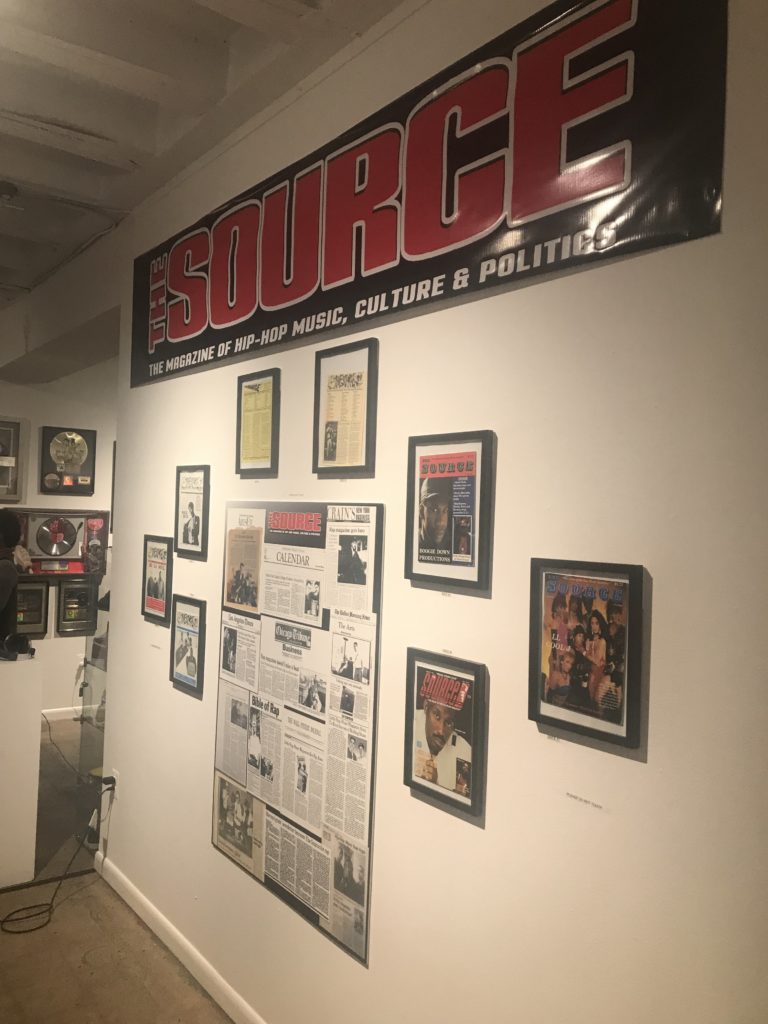
What’s been the most fulfilling part of curating this museum?
The whole thing is so fulfilling to me, but really, I don’t feel it until I see the looks and expressions on [visitors’] faces. They’re reminiscing, and they’re telling stories and recalling their youth and childhood. I think that’s the real reason why I did it: to allow everybody to attach to the nostalgia, the music, and the culture that we all grew up with. There’s nothing more American than hip-hop, in my opinion.
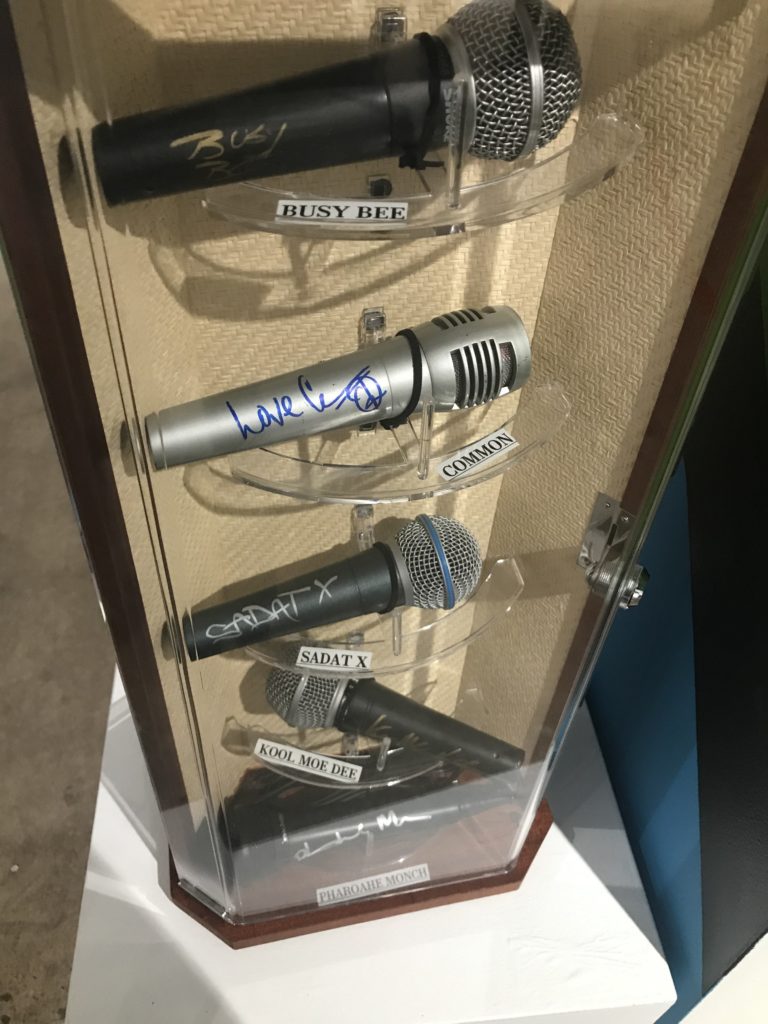
What was the best part of hosting the launch party on Friday?
Grandmaster Caz rapping his verse in the Sugarhill Gang’s “Rapper’s Delight.” It’s a 40-year wrong that we righted. One of the more significant aspects of our show was, not just the 40th anniversary of “Rapper’s Delight,” but then to have the guy whose verses were stolen by Big Bank Hank be on stage rapping his own lines rightfully 40 years later, I can’t think of anything in hip-hop that’s more historic and meaningful than that. Any hip-hop fan knows that’s one of the biggest, if not the biggest, controversies in hip-hop.
Having Melle Mel look at me and say, “I love it, this is perfect, we’re endorsing this,” that’s why we did this. It’s nice to have the fans enjoy our exhibit, but to me, it’s more about commemorating these legends and idols who really haven’t gotten the recognition or the awards or anything that they deserved over the years.
This interview has been condensed and lightly edited for clarity.



